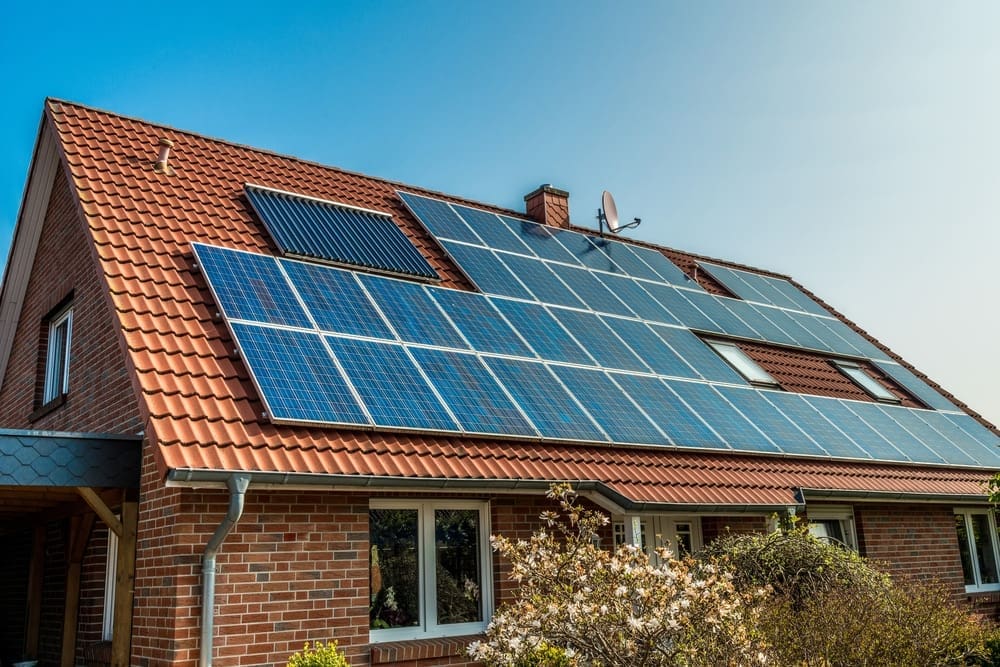Several years after the famed signing of the Paris Climate Change Agreement, there is still much progress to be made on the road to a more sustainable world. Having signed the agreement, South Africa is facing hotter and drier summers, and continued high levels of greenhouse gas emissions when compared to the rest of Africa.
“The country needs to focus on energy-efficient ways to cool down our cities and towns,” comments Denise Lundall, Project Officer for Energy Efficiency Cool Surfaces at the South African National Energy Development Institute (SANEDI).
“While it’s easy to forget this in our winter months where much electricity is used for heating, South Africa is essentially a hot country and much of our urban energy use is spent on cooling down buildings, to make them more comfortable.”
However, the way we cool our living and working spaces should go beyond comfort. Lundall explains that if we continue to use energy-intensive HVAC (heating, ventilation and air conditioning) systems, we are adding to the problem of increasing energy demand and associated greenhouse gas emissions.
“We need to focus attention on demand-side management actions and decrease our reliance on electrical appliances to keep us cool. Passive energy cooling technology is at the heart of achieving more sustainable energy practices when it comes to lowering the temperature.”
Cool roofs: A sustainable solution
Non-airconditioned buildings and cities are increasingly becoming too hot for acceptable habitation, with air conditioning consumption reaching 12.7% of projected global electricity demand. According to the International Energy Agency, electricity to power cooling in buildings is the fastest-growing end-use sector at almost 3.5% annual growth globally.
“We need a smart solution to this demand, to play our part in keeping the global temperature from rising 1,5°C before it becomes irrevocably unsustainable,” says Lundall.
The answer lies in cool surface technology.
Roofs are one of the targeted surfaces we aim to passively address through cooling. Cool roofs simply involve the coating of roofs with a durable, reflective membrane, which reflects the heat of the sun. It is an inexpensive and highly effective passive-energy, low-tech cooling intervention.
Cool roofs allow less heat into the building, making non-airconditioned homes, warehouses and other buildings much cooler. Lundall explains: “In high-rise buildings such as those in Sandton, cool roofing has the potential to decrease top-floor AC energy use by as much as 20%. Combining this with proper ventilation provides urban areas with a low-energy cooling solution and a substantially decreased carbon footprint.”
Cool roofing also holds the potential to decrease ambient outdoor temperatures. Used comprehensively throughout an area, the solution can create a “cool bubble” up to 4°C cooler than without a cool membrane on the substrate. “If rolled out throughout a country, you can just imagine the vast aggregated benefits to be reaped from this low-tech solution. However, to make a sizable difference, we need the continued support of the government.”
SANEDI is constantly engaging with key stakeholders, including industry bodies and local governments, to achieve a wider rollout of cool roofs in the country. “Every entity and department plays a role in our country’s energy efficiency landscape. SANEDI looks forward to collaborating with all stakeholders to see South Africa’s carbon footprint diminished,” concludes Lundall.
